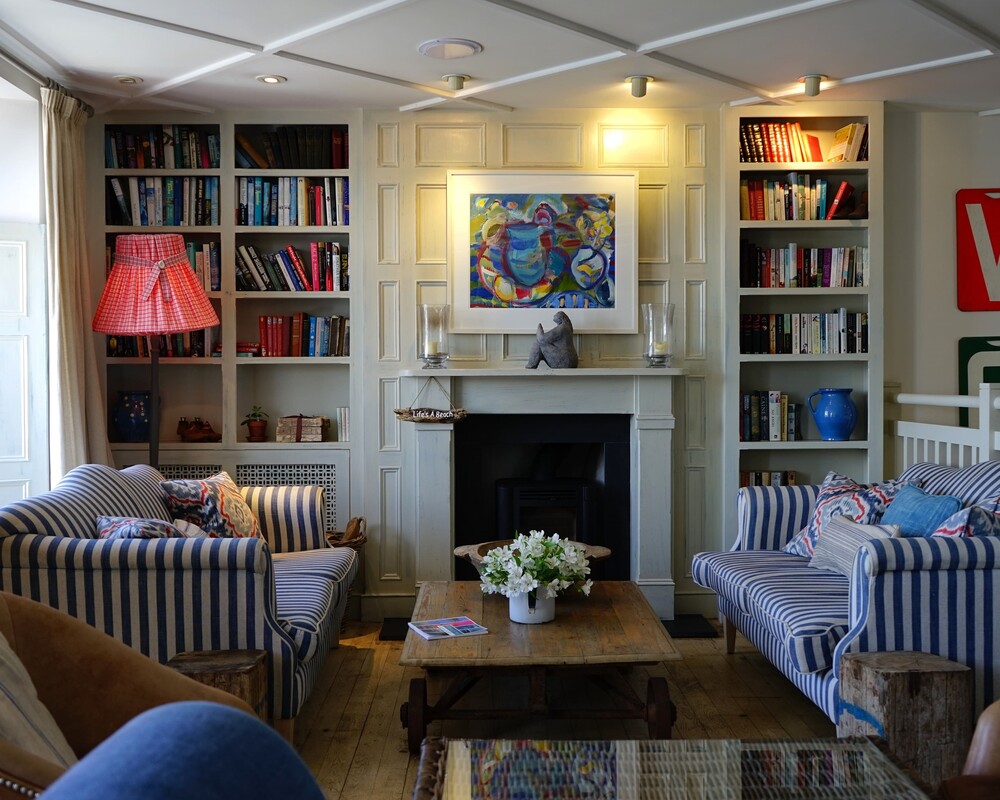The art of interior design transforms spaces into visually beautiful and functional surroundings by harmonically balancing creativity and practicality. It is a kind of art that incorporates some aspects, including furniture, lighting, colour, texture, and the use of space. Knowing the fundamentals of interior design may help you furnish a large house or a little flat in a way that both expresses your style and fulfils your demands.
The Benefits of Lifelong Learning
- Correspondence and Unity
- Rhythm
- Perfect Equilibrium
- Diversity
- Stress and Focus
- Scale and Proportion
- Furnishing
- Placement
- Lighting
- Paint
- Texture
- Modern
- Current
- Traditional
- Occupational
- Scandinavian
- Bohemian
These guidelines guarantee that every component in a space complements the others to produce a unified aesthetic. Unity is the process of connecting disparate parts to produce a sense of wholeness, whereas harmony is the result of employing a consistent colour scheme, materials, and textures.
To draw the viewer's attention throughout the space, designers use patterns of repetition and contrast. A sense of well-planned movement can be produced by varying the colours, forms, or textures periodically.
In interior design, a perfect equilibrium concerns how a room's apparent weight is distributed. Balance comes in three flavours: symmetrical, asymmetrical, and radial. By uniformly placing the components around a central axis to create a mirror image, symmetrical balance is attained. Placing contrasting elements with equal visual weight on either side of a focal point creates an asymmetrical balance that feels less formal and more lively. Round tables and seating configurations are common examples of radial equilibrium, which is achieved when elements radiate from a central point.
Diversity gives a room more energy and visual suspense. You can accomplish this by combining various hues, forms, or textures. A glossy, smooth surface adjacent to a matte, rough one, for instance, makes a dramatic contrast.
Every room needs an attention-grabbing element that serves as the room's anchor. This could be an eye-catching piece of furniture, a fireplace, or an artwork. The main focus can be made the centre of attention by using shades, brightness, or a design.
Scale reflects the size of an object concerning the space that it consumes, whereas proportion describes the ratio of one element to the other in a room. It is ensured that furniture and décor pieces fit well within a room and contribute to its overall harmony by keeping them in the proper proportion and scale.
Components of Interior Design
Important to a room's appearance, furniture serves more purposes than merely being useful. It's crucial to pick pieces that go well with the room's design while also taking into account their comfort and usefulness. Combine various looks to create an exclusive, specific look.
When designing an interior, space planning is essential. It entails setting up furniture and decorative items to maximise a room's flow and utility. Achieving balance requires taking into account both positive and negative space, which are areas that are filled with items and empty spaces, respectively.
An essential component of interior design is lighting. It can draw attention to particular places or characteristics and alter how colours are perceived. Ambient, task, and accent lights are the three primary categories. Accent lighting draws attention to certain details or objects, task lighting is used for specialized tasks like cooking or reading, and ambient lighting offers an overall glow.
The colours can influence your emotions and set the tone of a space. While cool colours like blues, greens, and purples encourage serenity and peacefulness, warm colours like reds, oranges, and yellows create a cosy, dynamic atmosphere. Whites, greys, and beiges are examples of neutral colours that make for a flexible background and can be used to counterbalance more intense colours.
Texture gives a room richness and beauty. Combining various textures—such as hard, soft, rough, and smooth surfaces—can improve a room's aesthetic appeal and tactile experience. For example, a rich, layered impression can be achieved by combining a velvet sofa with metal lamp fixtures and a wooden coffee table.
Interior Design Forms:
Modern design is characterised by neutral colour strategies, neat lines, and the concept of minimalism with an emphasis on use and elegance.
The current design is always changing, mirroring the newest styles. Vibrant hues, cutting-edge fabrics, and a focus on comfort are frequent.
Classic furniture and vibrant colours. It frequently has components like wood panelling, exquisite textiles, and vintage items.
Raw elements like exposed brick, metal, and wood are used in industrial design, which draws inspiration from warehouses and factories.
The emphasis of Scandinavian design is on utility, simplicity, and a connection to the natural world. Its natural materials, light-coloured walls, and simple furniture all work together to create a calm and welcoming ambience.
Bohemian style is varied and unrestrained. It frequently has a combination of personal items, global-inspired décor, and antique furnishings.
Interior Designers' Purpose
Professionals with training who comprehend basic information and components of design are interior designers. Together, they design attractive and practical places, taking into account the client's budget, tastes, and way of life.

